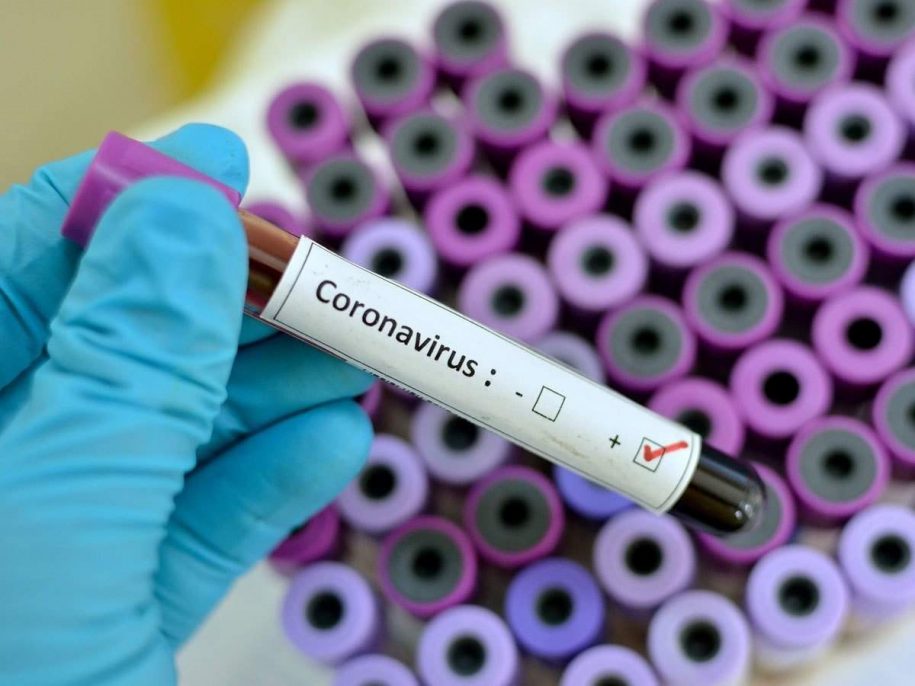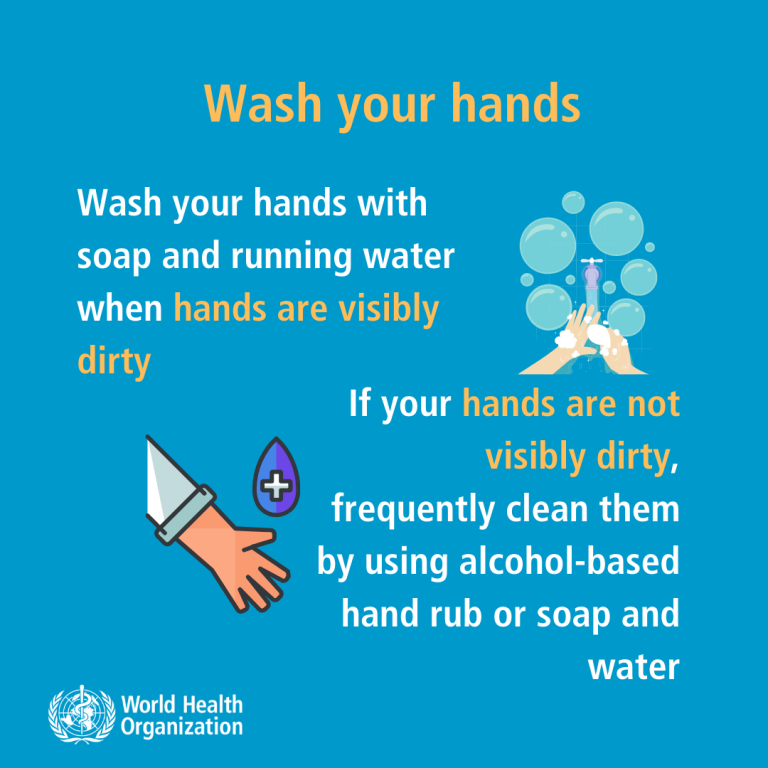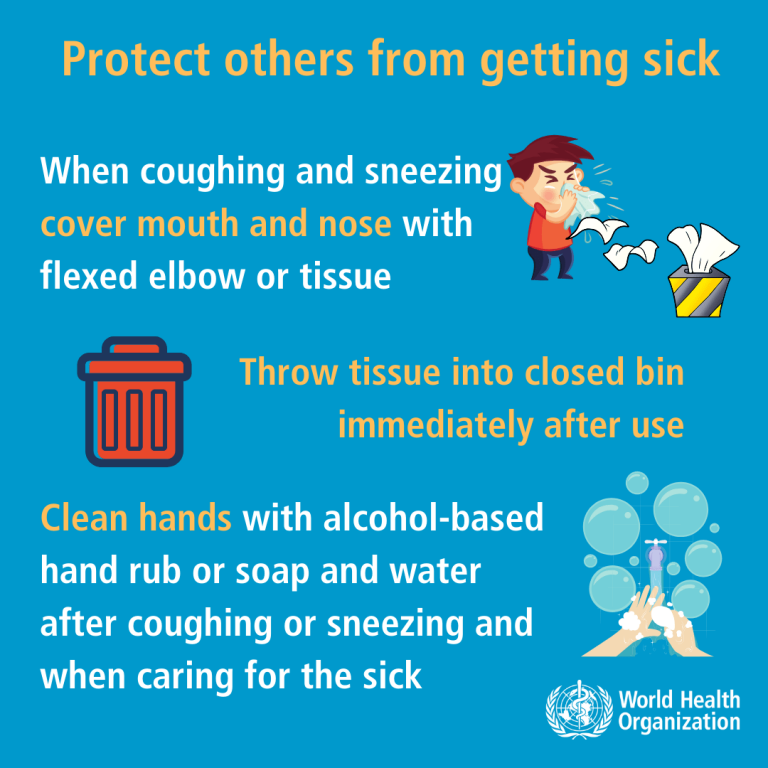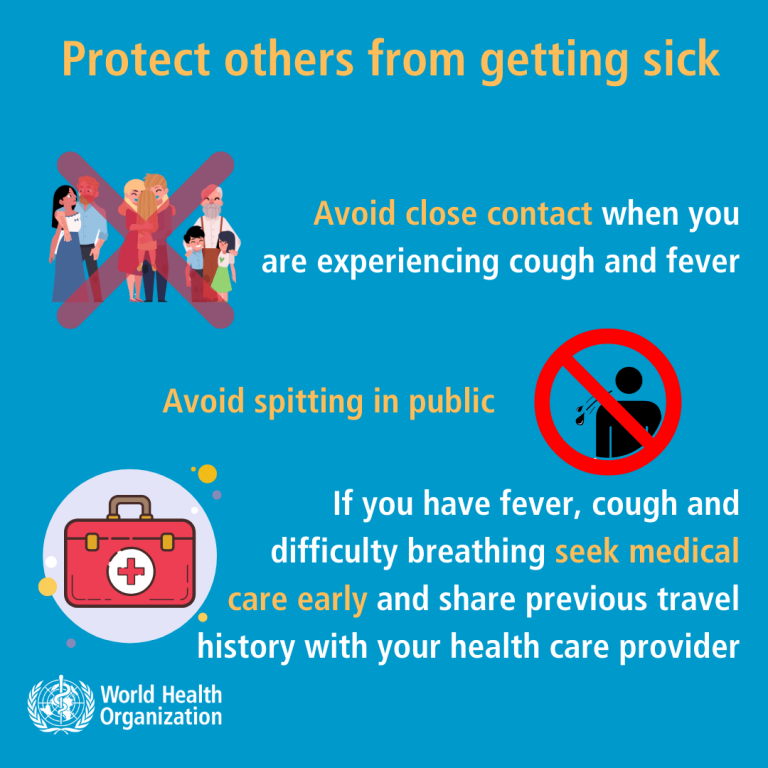What is coronavirus and how is it transmitted?
Coronavirus is a virus that infects the nose, sinuses, or throat (upper respiratory tract). The Coronavirus virus is named after an electron microscope that looks like a solar corona.
In December 2019, cases of severe respiratory infections were reported in Wuhan, Hubei Province, China. The patients have history of working at seafood market. The market was closed immediately on January 1, 2020, and environmental health and disinfection measures were fully implemented there.
A few days after the rejection of seasonal influenza, bird flu, adenovirus, coronavirus sars, coronavirus (MERS = Middle East respiratory syndrome) and other pathogens, on January 9, 2020, a virus was identified as the causative agent in 15 of 59 patients. The hospitalized patient was reported to have caused a great deal of concern, a new coronavirus that is 70% genetically related to SARS and is subordinate to Sarbecovirus. The virus is currently abbreviated to Novel Coronavirus 2019 (nCoV-2019) to provide more information.
Based on current data from the World Health Organization (WHO), temporary guidelines to deal with the virus have been developed, and it is clear that the guidelines will be updated immediately as soon as access to the next reliable information. Many of the diagnostic and infectious control measures recommended for this disease are currently similar to the MERS coronavirus guidelines. The new disease is a disease that can be transmitted from animal to human, but the modes of transmission, animal reservoirs, prevention methods, and precise clinical manifestations have not yet been identified and further studies are needed.

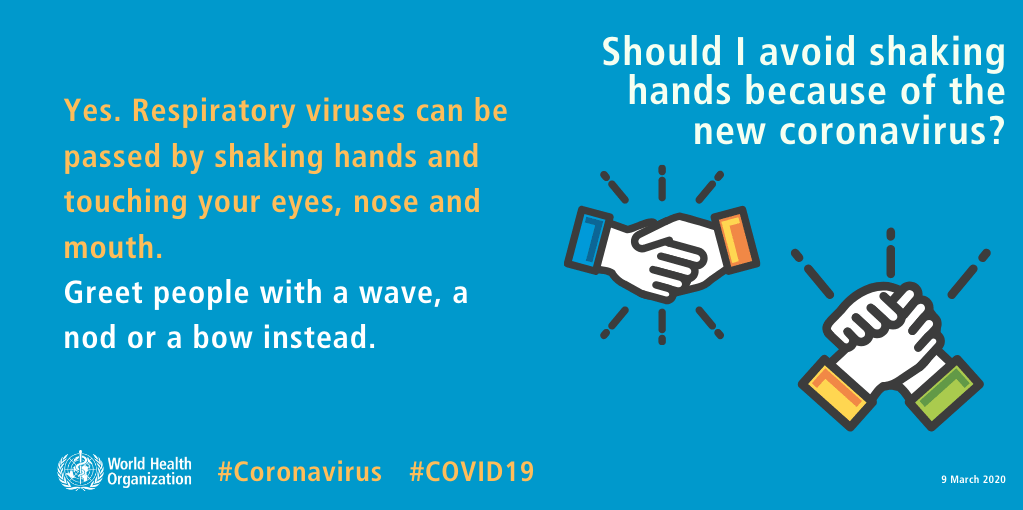
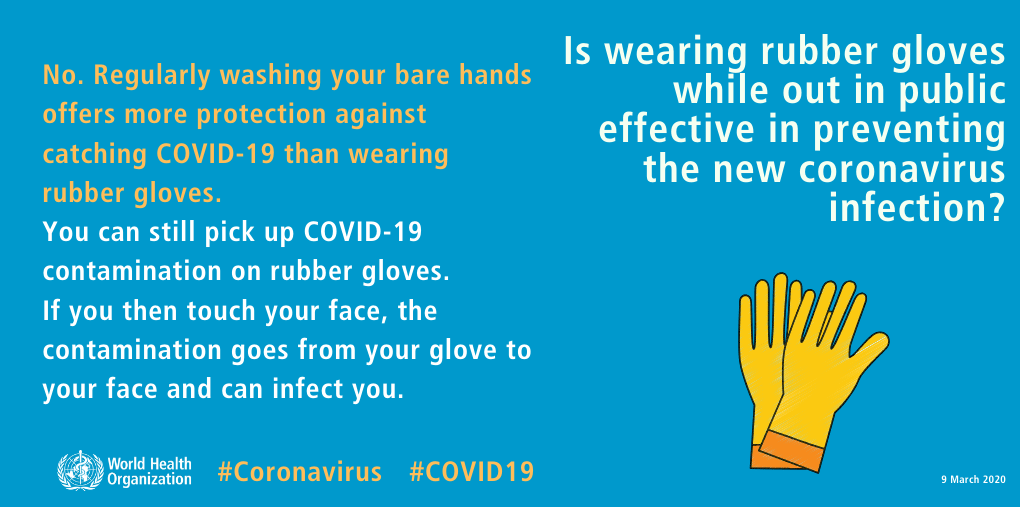
WHO Recommendations for Preventing the New Coronavirus:
- Wash your hands frequently with soap and water or alcohol-based disinfectants.
- In case of cough and sneezing, be sure to cover your mouth and nose with a towel and then throw the towel in the trash.
- Avoid approaching people who have a cough or fever.
- If you have a fever, cough, or breathing problems, see your doctor right away and tell them about your recent travels. (Especially if you’ve been to East Asia)
- Avoid contact with animals as much as possible. Avoid touching or approaching anyone, especially non-pets.
- If you are planning a trip to China or other East Asian countries, review the time and postpone it as much as possible.
What are the symptoms of coronavirus diseases?
The virus can usually cause mild to moderate problems in the upper respiratory tract, such as the common cold. Symptoms of coronavirus include runny nose, cough, sore throat, possibly headache and fever, which can last up to two days. In people with weakened immune systems, such as the elderly and very young, it is possible that the virus may cause much more serious respiratory problems, such as pneumonia or bronchitis.
The MERS virus, for example, causes a well-known respiratory syndrome that was first reported in the Middle East in 2012, causing respiratory problems; According to the CDC, three to four out of every 10 MERS-infected patients die. Coronavirus is now thought to be milder than SARS and MERS.
What are the ways to prevent this virus?
There is no vaccine to protect against this family of viruses, at least not yet. Tests for the MERS vaccine are underway. The National Institutes of Health is working on a vaccine against the new virus, but it takes months for clinical trials to take place and it takes more than a year for it to enter the market. By avoiding sick people, the risk of contracting the virus may be reduced. The contact of the hands with the eyes, nose and mouth should also be avoided. Washing your hands with soapy water for at least 20 seconds is one of the experts’ recommendations for preventing the virus.
If you are ill and think it may be caused by the coronavirus, you should tell a healthcare provider and seek treatment early. When coughing or sneezing, cover your mouth and nose and disinfect the objects and surfaces you touch, and if you travel to China, be aware of the symptoms and avoid going to the live animal market, where the outbreak begins. It was horrible.
The World Health Organization has dedicated a special page to reports and recommendations on the new virus, abbreviated 2019-nConV. You can get the most reliable and up-to-date information in this field here.
Laboratory diagnosis:
Laboratory tests are not usually done to diagnose coronavirus infections (except for SARS). The available methods for diagnosing corona viruses, including SARS-Cov, are tracking the virus’s RNA genome in the respiratory tract (nasopharynx) and stool samples using RT-PCR. Coronavirus isolation is difficult, and SARS-Cov requires biosafety level 3. Testing of suspected SARS-Cov samples should be performed in BSL-2 laboratories, taking into account BSL-2 conditions. Using serology tests, serology can be helpful in evaluating acute and improved colds. Electron microscopy can also be used to detect particles similar to coronavirus in fecal samples under certain conditions.
treatment:
There is no cure or vaccine for coronavirus infections. It is difficult to control the transmission of colds caused by coronaviruses, and it is probably not necessary to control them because the infection is mild. The quarantine of people infected with SARS-Cov and the measurement of the fever of travelers who have traveled from the most common areas of the disease can prevent the spread of the disease. No specific vaccine or antiviral treatment is available for this virus.


